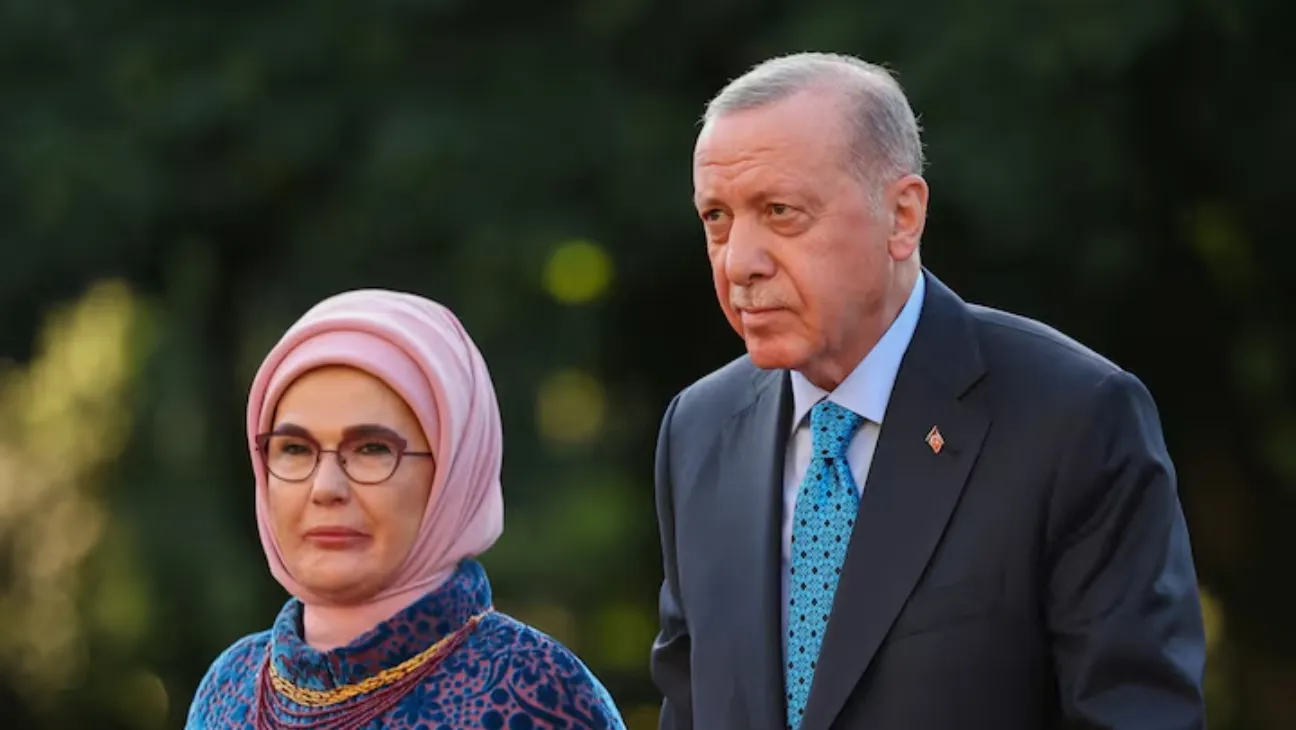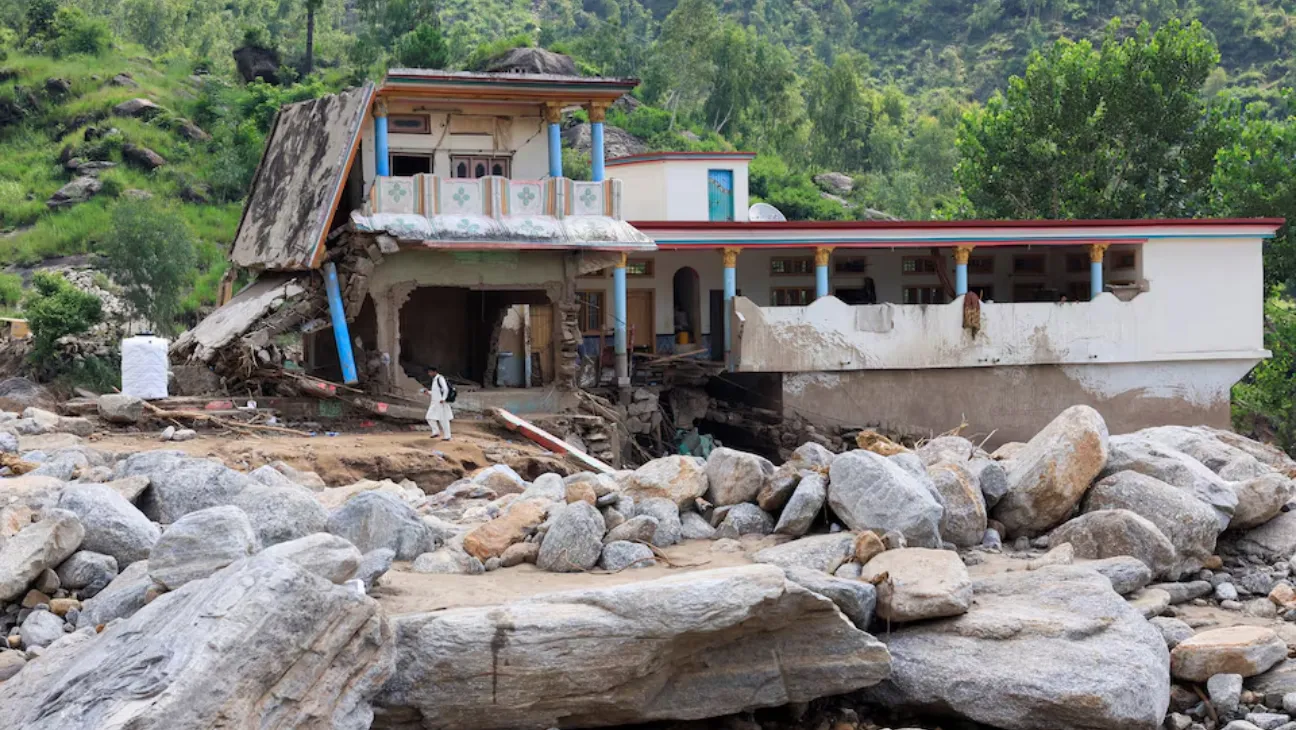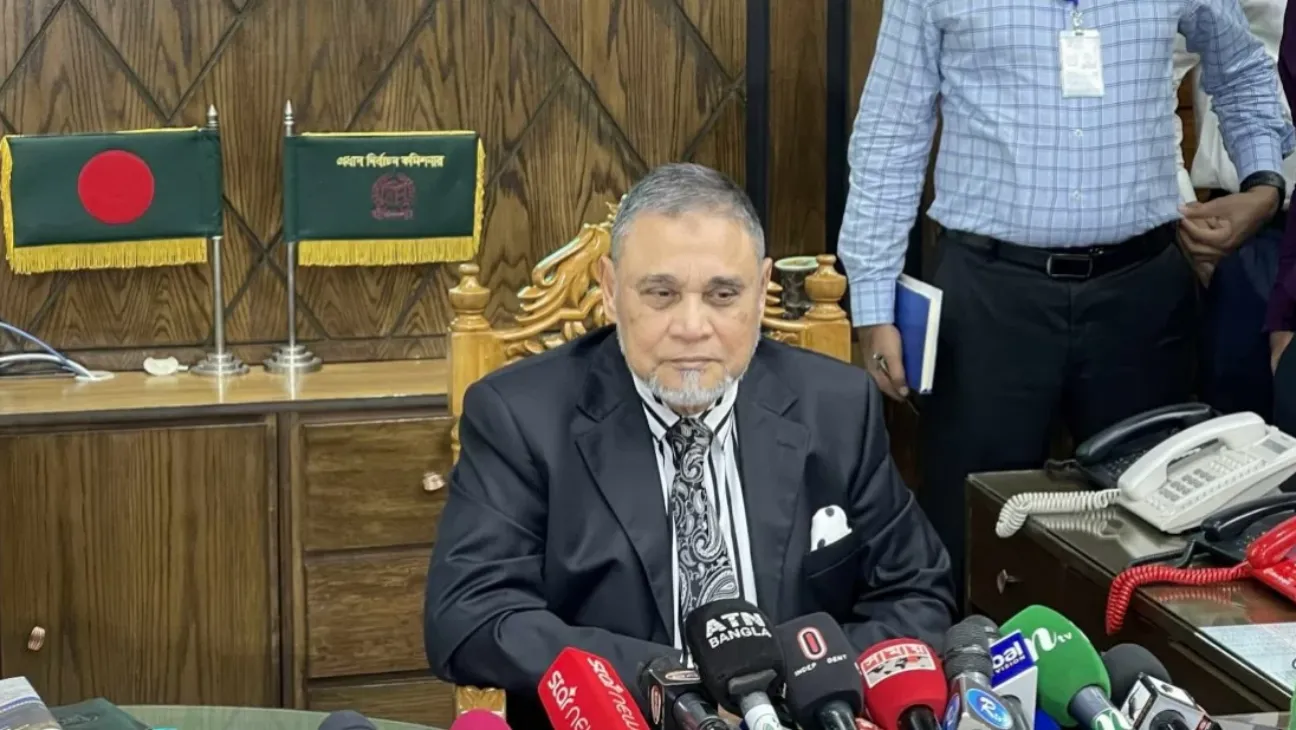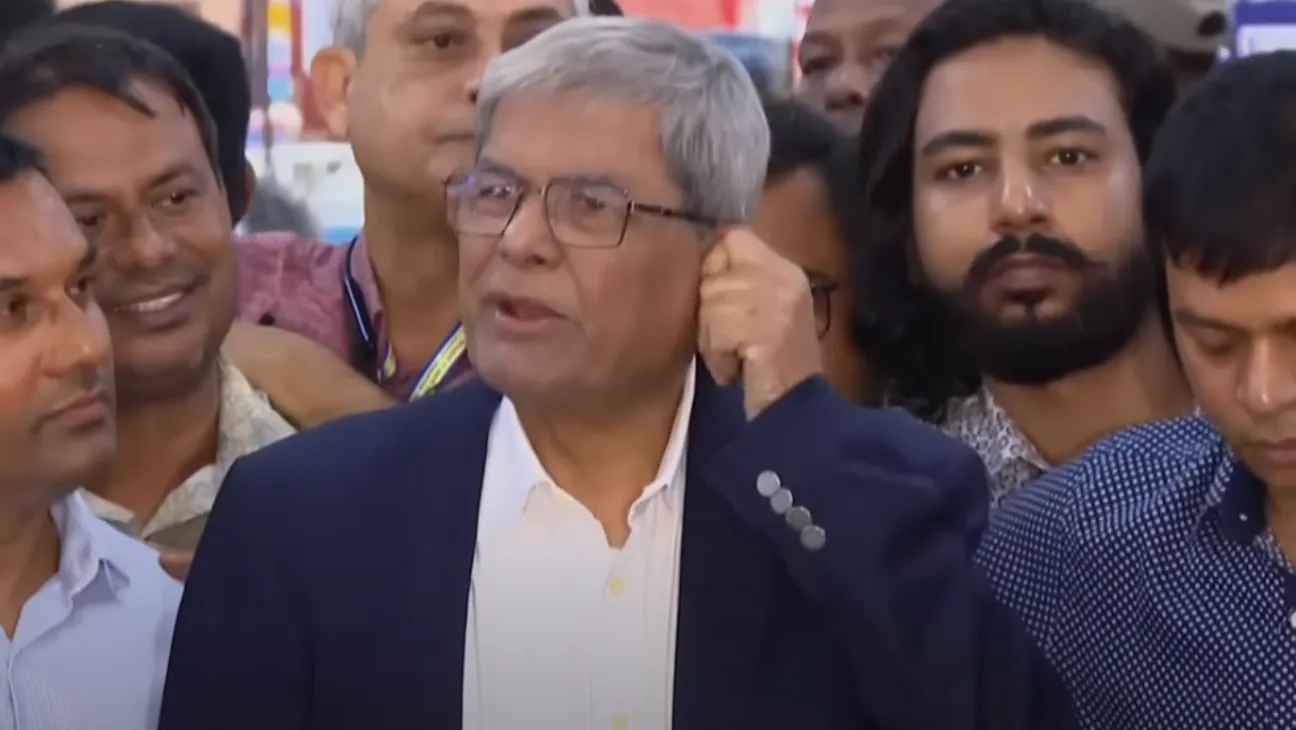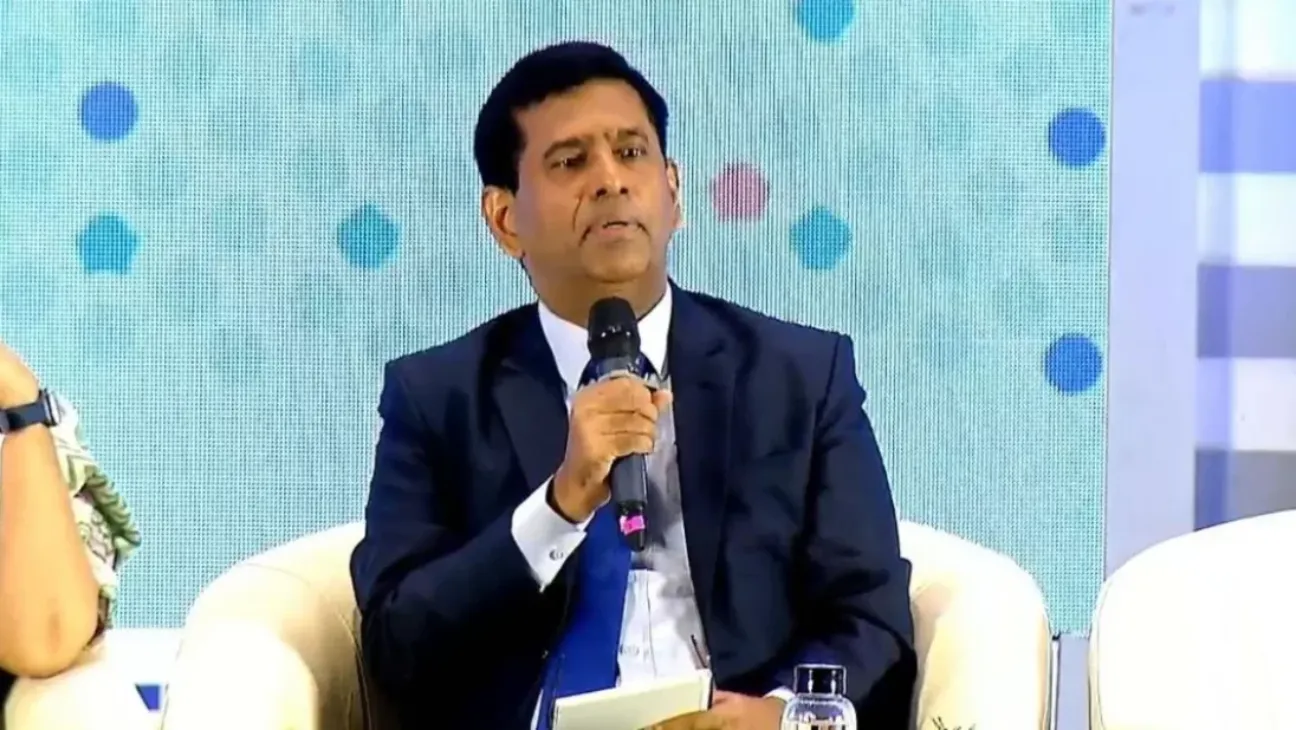India is set to witness one of the largest coordinated labor actions in its history. On Wednesday, over 250 million workers from various sectors—banking, insurance, postal services, coal mining, transport, and more—are expected to participate in a nationwide general strike.
The call for action has come from a joint forum of 10 central trade unions, which have described the event as a “Bharat Bandh.” Their demand: withdraw what they call anti-worker, anti-farmer, and pro-corporate policies introduced by the central government.
“This strike is not sudden,” said Amarjeet Kaur of the All India Trade Union Congress (AITUC). “We’ve been preparing for months. Formal and informal sector workers, farmers, rural laborers—everyone is standing together.”
Public Services to Take a Hit
The scale of the strike is expected to affect essential services nationwide.
“Banking, postal operations, coal production, factories, and even state transport services will be impacted,” said Harbhajan Singh Sidhu from the Hind Mazdoor Sabha.
Many private and public institutions have already issued internal advisories or braced for limited operations. Some state governments are monitoring the situation closely. Others are expected to respond based on the extent of disruption.
The Core of the Protest: Seventeen Demands
The trade unions submitted a 17-point charter of demands to Labour Minister Mansukh Mandaviya last year. According to union leaders, there has been no meaningful response since then. One major grievance: the government hasn’t convened the Indian Labour Conference in the last ten years.
The demands range from job security and wage protections to reversing privatization of public sector enterprises.
Union representatives say workers have been pushed to the margins. The language has been strong.
Pushback Against Labour Codes
Much of the anger centers around four new labor codes passed by Parliament.
Unions believe these codes will:
- Weaken collective bargaining rights
- Limit the right to strike
- Increase legal working hours
- Remove protections previously available under labor laws
In a joint statement, the unions accused the government of trying to silence organized labor.
“These laws were drafted not for the people, but for corporations. They dismantle decades of hard-fought rights and place no real burden on employers,” the forum said.
Farmer Alliances Join Forces
The Samyukta Kisan Morcha and other rural workers’ groups have thrown their full support behind the strike. In villages, mobilization is picking up as many see the policies tied to deeper economic inequality.
Union leaders say this strike is not just about labor rights, but about resisting a shift in national policy direction.
A Pattern of Dissent
Large-scale strikes like this have happened before — notably on November 26, 2020, March 28–29, 2022, and February 16 last year.
Each time, the core demands remained roughly the same. Yet workers say the policy environment has only become more hostile.
Will This Time Be Different?
That’s uncertain.
What is clear is the sheer scale of the current effort. With over 250 million expected to participate and support extending beyond urban labor hubs into villages and farms, the protest is harder to ignore.
Whether it shifts the government’s stance or simply adds to the growing list of unresolved labor disputes is something everyone—from policy makers to everyday workers—is now watching.



